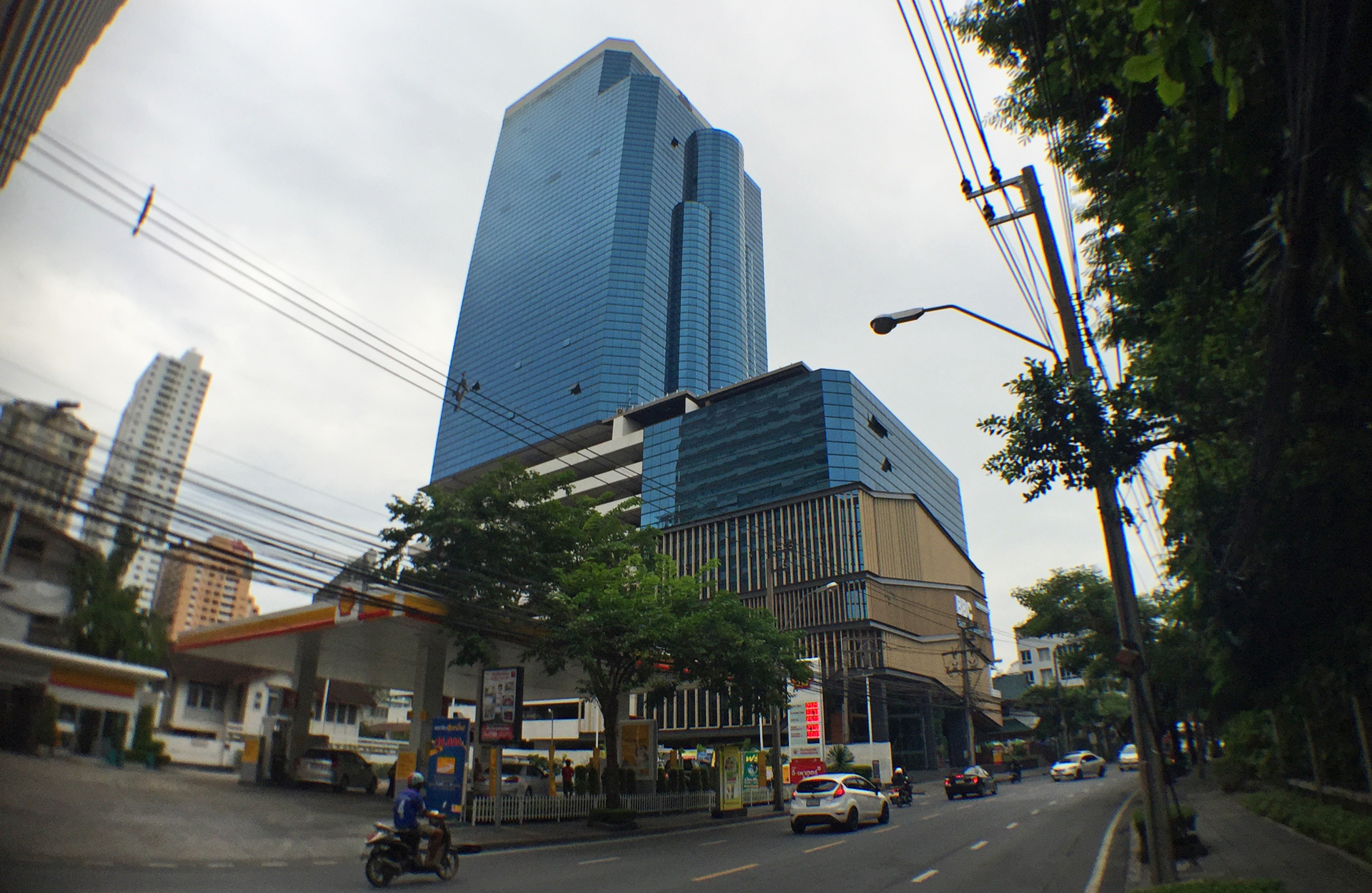

#Qspace bangkok skin#
Mercury continues to be the metal of greatest concern in skin creams. Vendors occasionally identified Vietnam as a source of counterfeit products, but often the source was unknown. However, skin creams produced in Phnom Penh continue to use mercury and counterfeit products also are contaminated with mercury. The analysis of skin-whitening creams in Phnom Penh in 2015 was compared to analyses in 20 and showed that several creams produced in Asia no longer contain mercury.

Students were directed to buy selected skin-whitening creams that were then sampled with replication in 20 and processed with X-ray fluorescence (XRF) at the University of Health Science (UHS), Phnom Penh, Cambodia.ĭiscussion. It is important to provide essential information on sources of mercury so that Cambodians can avoid exposure to elevated levels of mercury and to support informed management of consumer goods. Mercury in skin-whitening creams threatens to compromise the health of Cambodians. In Cambodia, there is widespread use of skin-whitening creams containing levels of mercury that exceed Association of Southeast Asian Nations (ASEAN) guidelines by up to 35,000 times. Import and production of such toxic products should be avoided and appropriate labeling and public warnings should be provided.īackground. The mean and median levels for lead were 11,833 μg/g, and 4,961 μg/g, respectively.Ĭonclusion Based on our pilot-scale assessment, high levels of lead appear to be common in enamel paints in Cambodia, and a fuller assessment of the situation is warranted. All of the paint samples in the current study were manufactured in Thailand.ĭiscussion Ninety percent of the enamel paints sampled in Cambodia exceeded a voluntary standard of 100 μg/g lead of the producing country, Thailand. The 21 samples, including 8 replicates, were randomly purchased from three shops in Phnom Penh, Cambodia to evaluate the level of metals. Methods A handheld X-ray fluorescence analyzer was used to evaluate 21 samples of enamel paint at the University of Health Sciences in Phnom Penh.

Objectives This study was performed to evaluate the concentration of lead in enamel paints in Cambodia using a method that is quick, effective, and cost-efficient. As Cambodia’s economy grows, this may increase the purchase and use of lead-based paints, thus potentially exposing more of the population to the toxic effects of lead.

Although the sale and use of lead paint has been banned in much of the developed world, lead is still commonly used in enamel paints in the developing world, including Cambodia. We are delighted that Jonathan Leech has accepted our invitation to deliver the keynote address in this meeting, which will hopefully be the first of many.Background Lead is a heavy metal that is well known to pose a threat to human health. The first workshop on non-commutative structures aims to present the breadth of contemporary research in the area, with contributions from international and Slovenian mathematicians. Much of this activity derives in some way from the initiation, thirty years ago, by Jonathan Leech, of a research program into structures based on Pascual Jordan's notion of a non-commutative lattice. Recently, non-commutative generalizations of lattices and related structures have seen an upsurge in interest, with new ideas and applications emerging, from quasilattices to skew Heyting algebras.


 0 kommentar(er)
0 kommentar(er)
